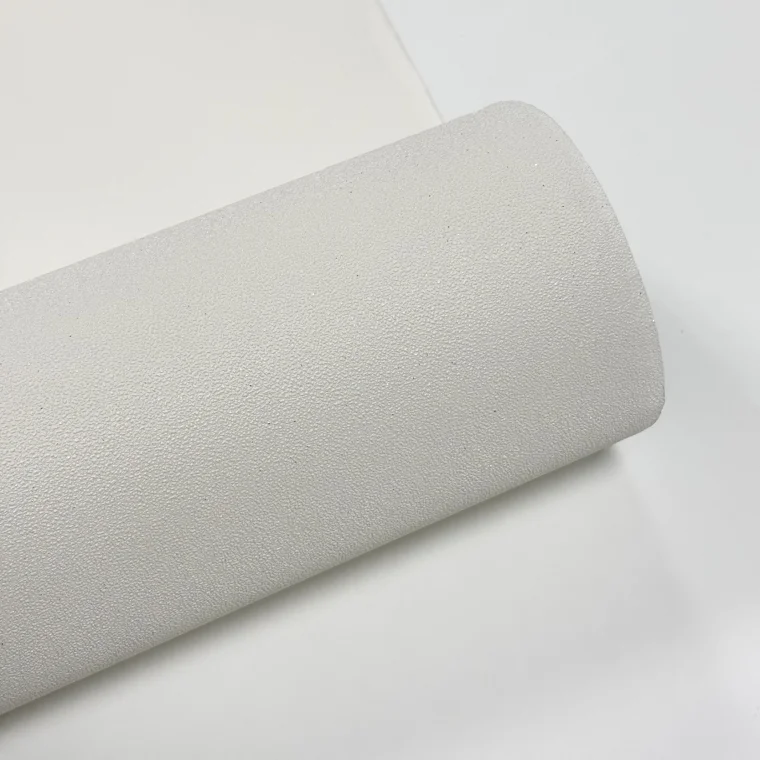Gravure printing, also known as rotogravure printing, is a high-quality and high-speed printing process that is widely used for printing on a variety of substrates, including paper, plastic, and metal. The process involves the use of a gravure cylinder with a pattern of cells that hold the ink, which is then transferred to the substrate. To ensure the longevity and efficiency of your gravure printing machine, regular maintenance is essential. This blog post provides a detailed guide on how to maintain a gravure printing machine.
Understanding the Gravure Printing Process
Before diving into maintenance, it's important to understand the basic process of gravure printing. The process involves several key steps:
Engraving the Cylinder: The image to be printed is engraved onto the surface of a cylinder using a laser or an etching process.
Inking the Cylinder: Ink is applied to the engraved cells on the cylinder.
Transferring the Ink: The ink is transferred from the cylinder to the substrate, which can be paper, plastic, or metal.
Drying the Ink: The ink is then dried using heat or UV light.

Importance of Regular Maintenance
Regular maintenance of a gravure printing machine is crucial for several reasons:
Enhanced Performance: Proper maintenance ensures that the machine operates at peak efficiency, reducing the risk of errors and improving print quality.
Extended Lifespan: Regular care can extend the life of the machine and its components, saving you money in the long run.
Reduced Downtime: By addressing potential issues before they become serious problems, you can minimize downtime and keep your production running smoothly.
Key Maintenance Practices
Cleaning the Cylinder
The gravure cylinder is one of the most critical components of the machine. It must be kept clean to ensure the quality of the print. Here are some steps to clean the cylinder:
Remove Ink Residue: Use a gentle but effective cleaning solution to remove any ink residue from the cylinder.
Avoid Abrasive Materials: Do not use abrasive materials that could damage the delicate engravings on the cylinder.
Checking and Replacing Doctor Blades
The doctor blade is responsible for controlling the amount of ink that transfers to the substrate. It should be checked regularly for wear and replaced as needed:
Inspect for Damage: Look for any signs of wear, such as nicks or uneven edges.
Replace Regularly: Doctor blades should be replaced at regular intervals to maintain consistent ink transfer.

Lubricating Moving Parts
All moving parts of the gravure printing machine should be regularly lubricated to ensure smooth operation and prevent wear:
Identify Lubrication Points: Consult the machine's manual to identify all the lubrication points.
Use Appropriate Lubricants: Use the recommended lubricants to avoid damaging the machine's components.
Inspecting and Adjusting Tension Systems
The tension systems in a gravure printing machine are crucial for maintaining the correct tension on the web or substrate as it passes through the machine:
Check Tension Levels: Regularly check the tension levels to ensure they are within the recommended range.
Adjust as Needed: Make adjustments as necessary to maintain the correct tension.
Monitoring and Replacing Ink and Solvent Systems
The ink and solvent systems are critical for the quality of the print and the performance of the machine:
Monitor Ink Levels: Keep an eye on ink levels and refill as needed.
Replace Solvents: Solvents can degrade over time, so they should be replaced regularly to ensure optimal performance.
Electrical and Mechanical Inspections
Regular inspections of the electrical and mechanical components of the machine can help identify potential issues before they become serious:
Check Wiring and Connections: Look for any signs of wear or damage to the wiring and connections.
Inspect Mechanical Components: Check for signs of wear or damage to gears, bearings, and other mechanical components.

Conclusion
Maintaining your gravure printing press is a critical part of ensuring its performance, longevity, and reliability. By following a regular maintenance schedule and adhering to best practices, you can keep your machine running smoothly and producing high-quality prints. Investing the time and effort to maintain your gravure printing press will pay off in the form of reduced downtime, improved print quality, and longer machine life.
Exploring the Advantages of Gravure Printing Machine in the Packaging Industry
www.jastmachinery.com
Wuxi Jast Packing Machinery Co.,Ltd






